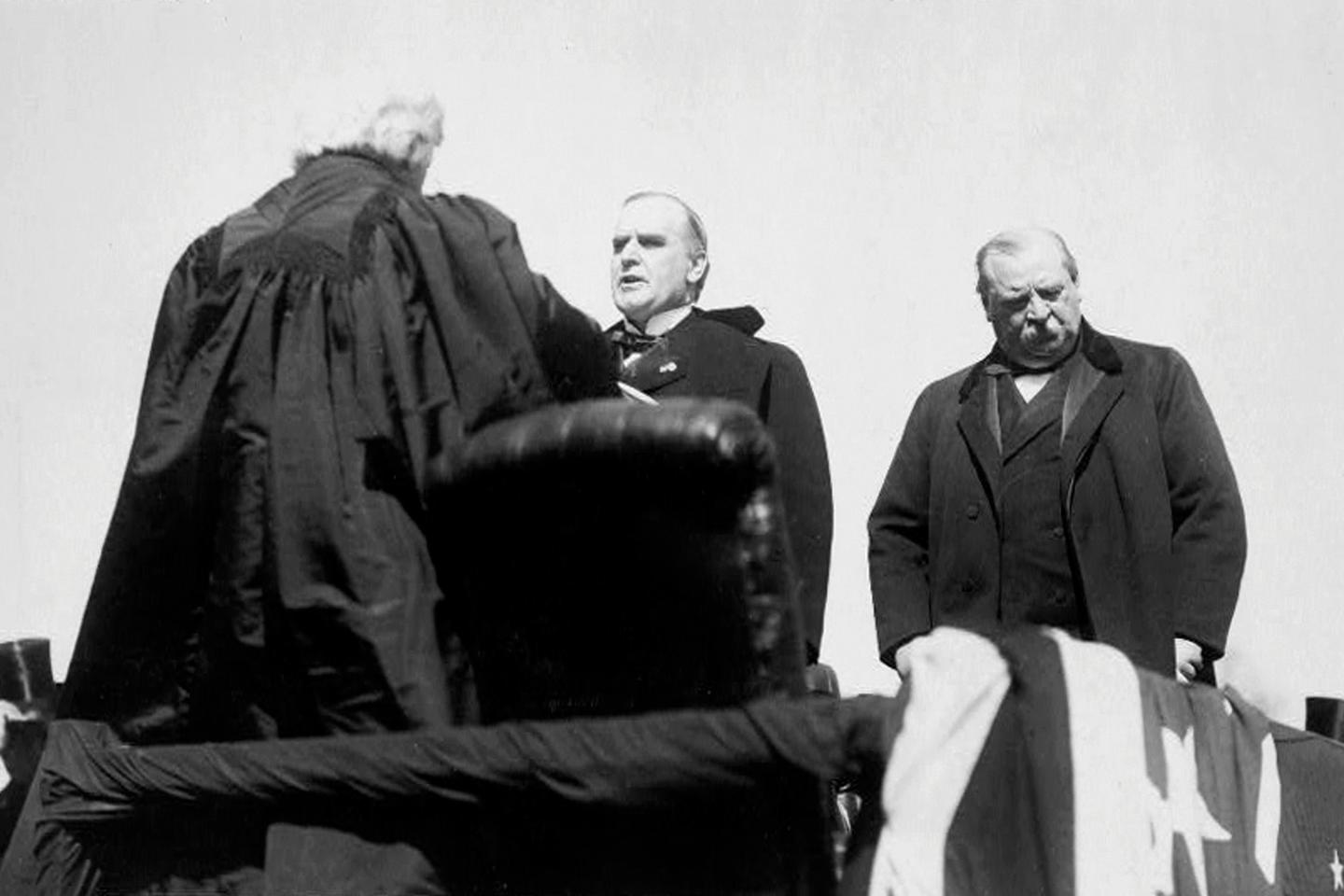


"The golden age of America begins right now." When he made this proclamation in his inaugural address on Monday, January 20, Donald Trump was referring to a period he has a fondness for. Nicknamed "The Gilded Age" – a fake golden age, with the shine hiding the misery – this period of American history followed the Civil War (1861-1865). It was a time of immense fortunes, industrial empires, widespread political corruption, violent social strife, segregation in the South and a subservient press.
This period was epitomized by President William McKinley (1897-1901), who was assassinated in 1901 and succeeded by American icon Theodore Roosevelt (1901-1909). After the populist Andrew Jackson (1829-1837), a general of modest origins born in Appalachia, an anti-establishment figure and promoter of Native American displacement, was highlighted during the first term, McKinley is set to become the model for the second Trump term.
In his inaugural address, Trump paid tribute to him, announcing that he would "restore the name of the great President William McKinley ..., [who] made our country very rich," by renaming the highest peak in the US, in Alaska, which rises to 6,190 meters above sea level. Mount McKinley had been renamed Denali in 2015 by Barack Obama, as Native Americans had wanted.
Protectionist and imperialist
McKinley was both a great protectionist and a great imperialist, just as Trump aspires to be by wanting to conquer Greenland and regain control of the Panama Canal. At his instigation, when McKinley was a senator from Ohio, the US introduced tariffs in 1890, which rose from an average of 38% to almost 50%, and he increased them again once elected president. Trump dreams of this model, which financed more than half the federal budget. "When we were a smart country, in the 1890s – this is when the economy was relatively the richest it ever was. It had all tariffs. It didn't have an income tax," Trump said during the campaign.
You have 63.3% of this article left to read. The rest is for subscribers only.
